NCI-H358 Cells
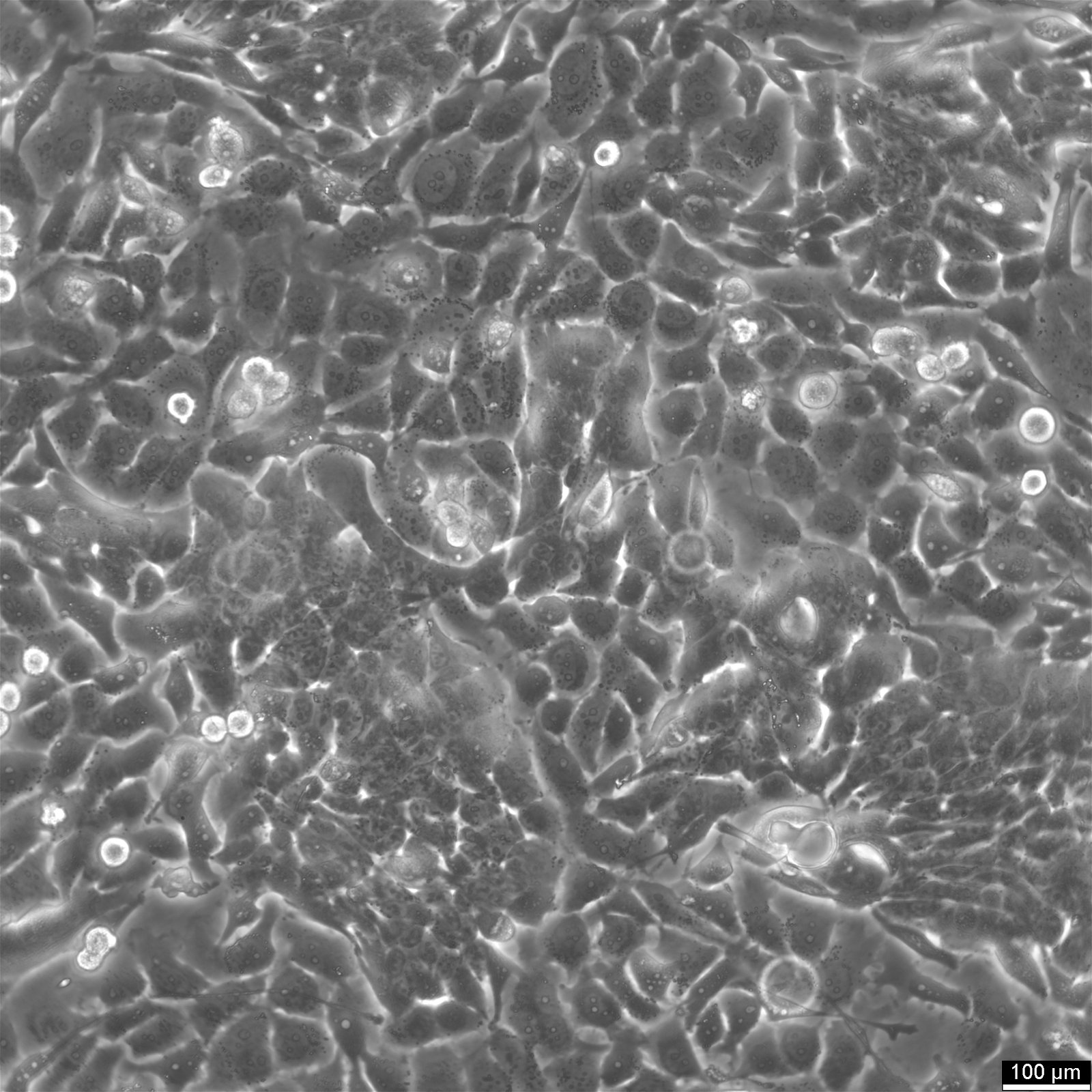
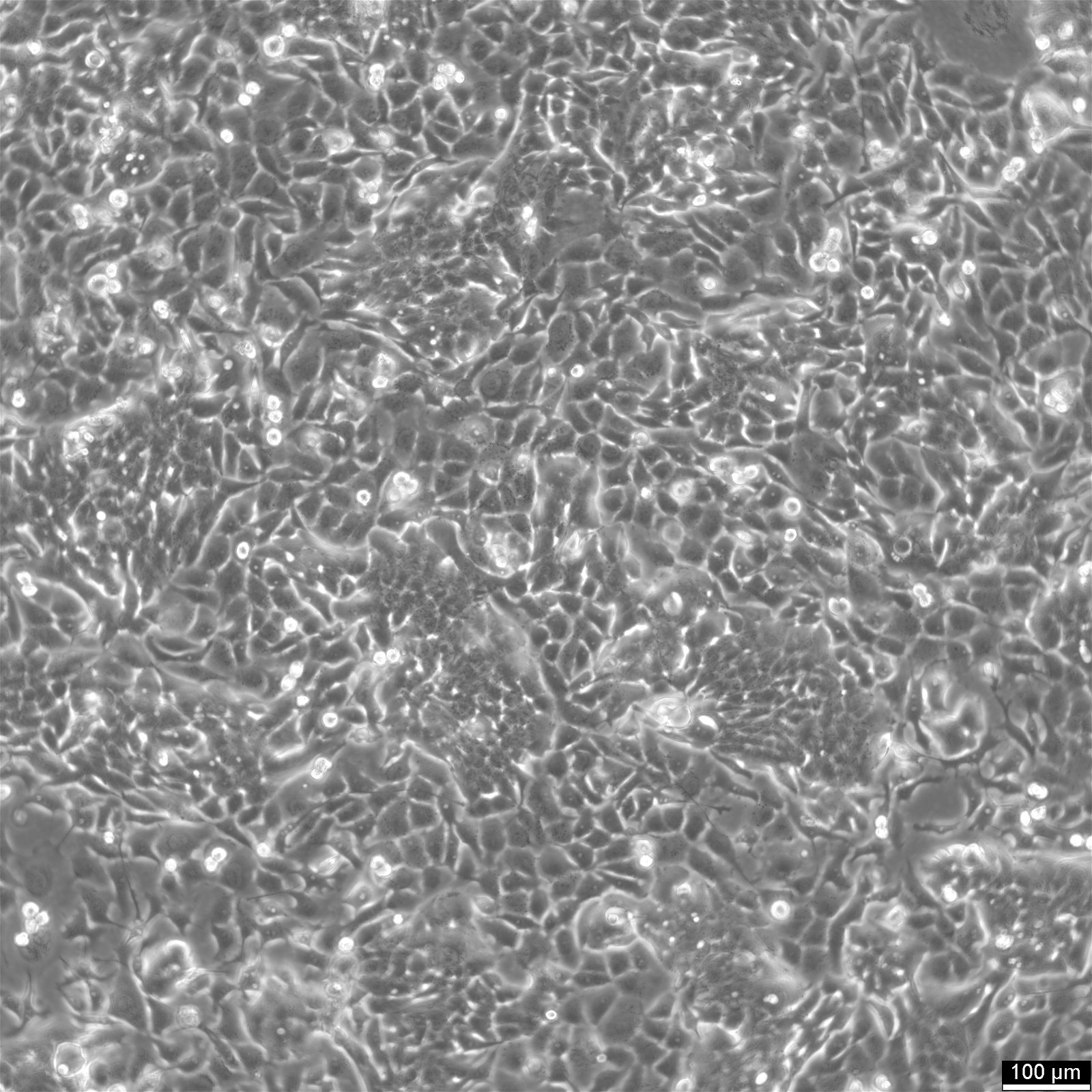
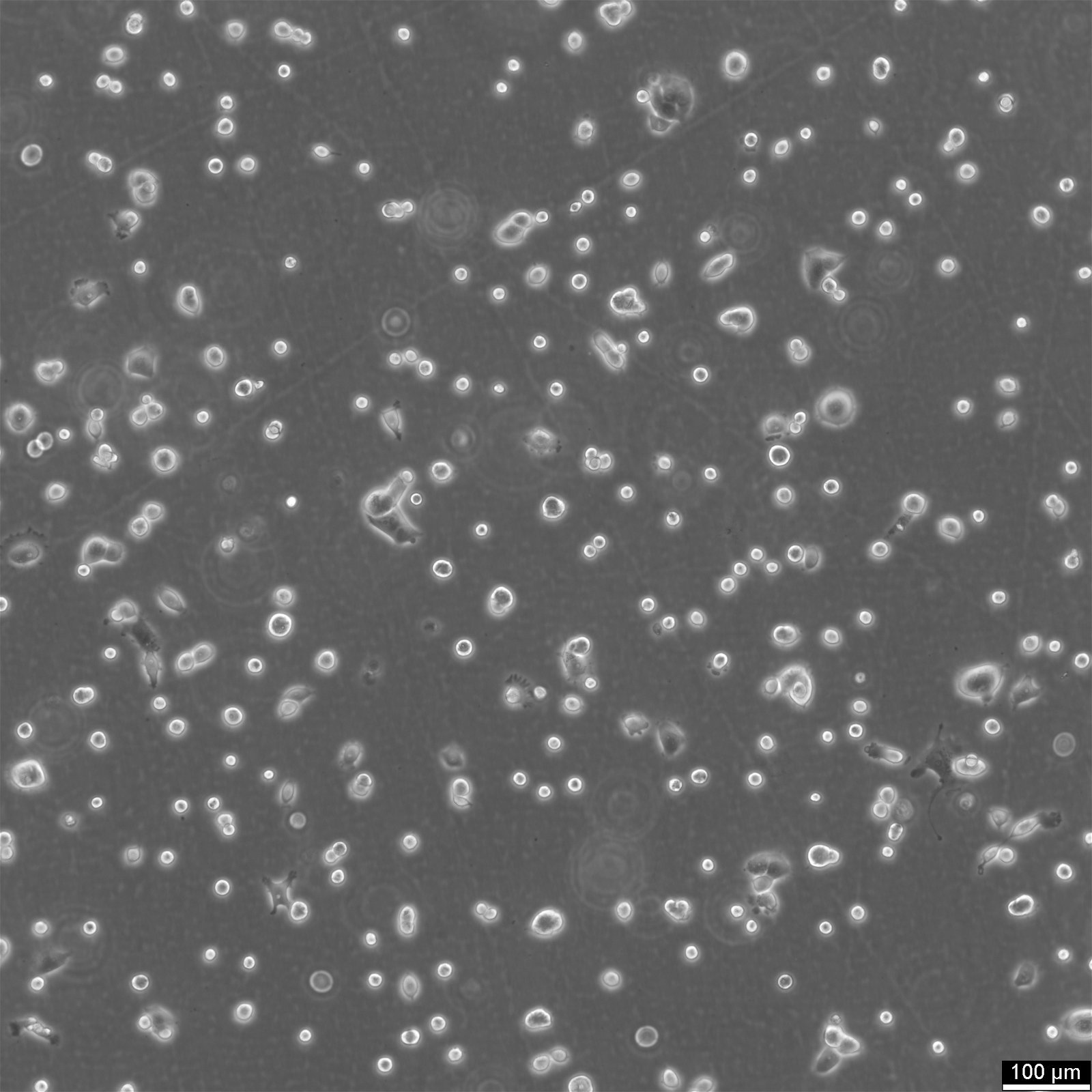
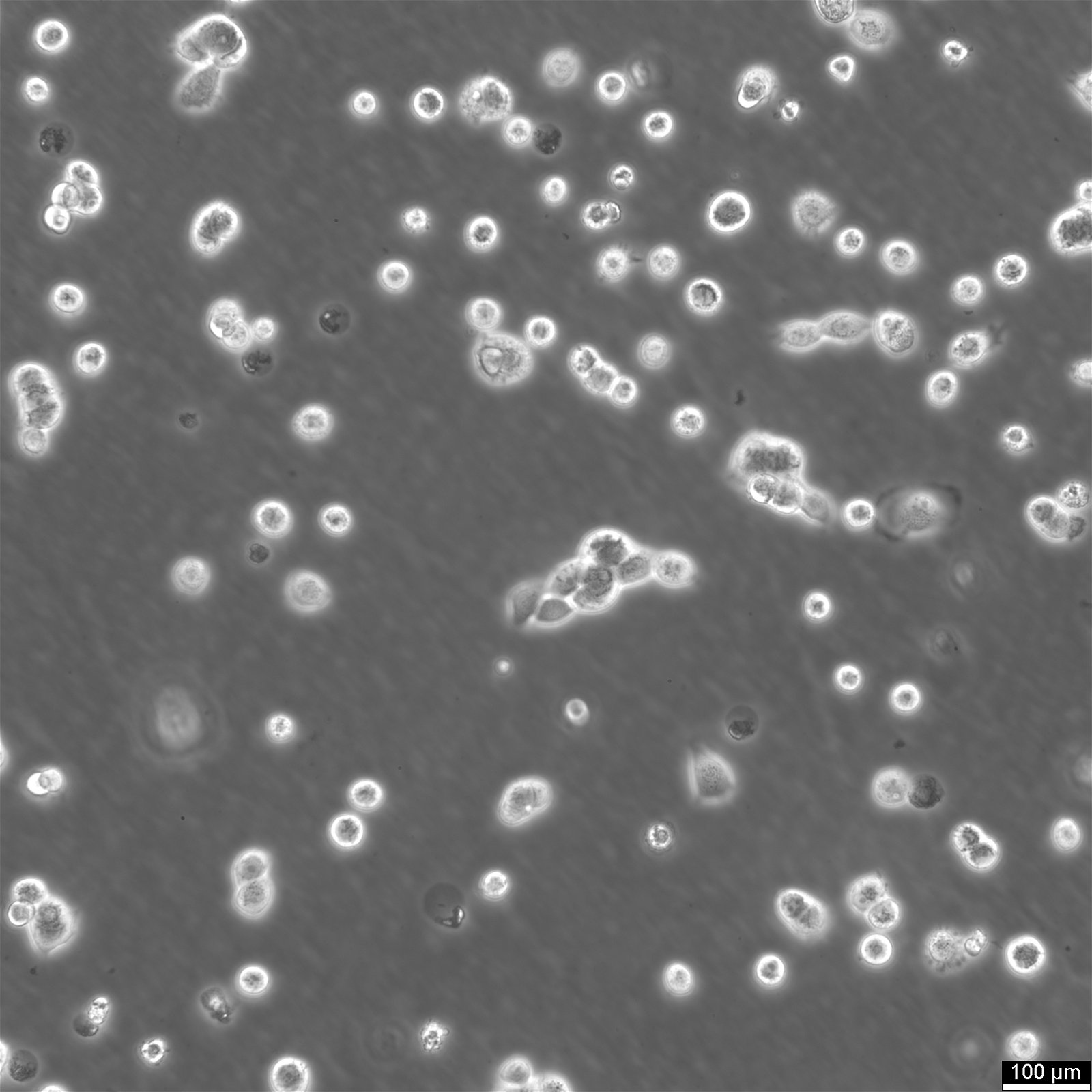
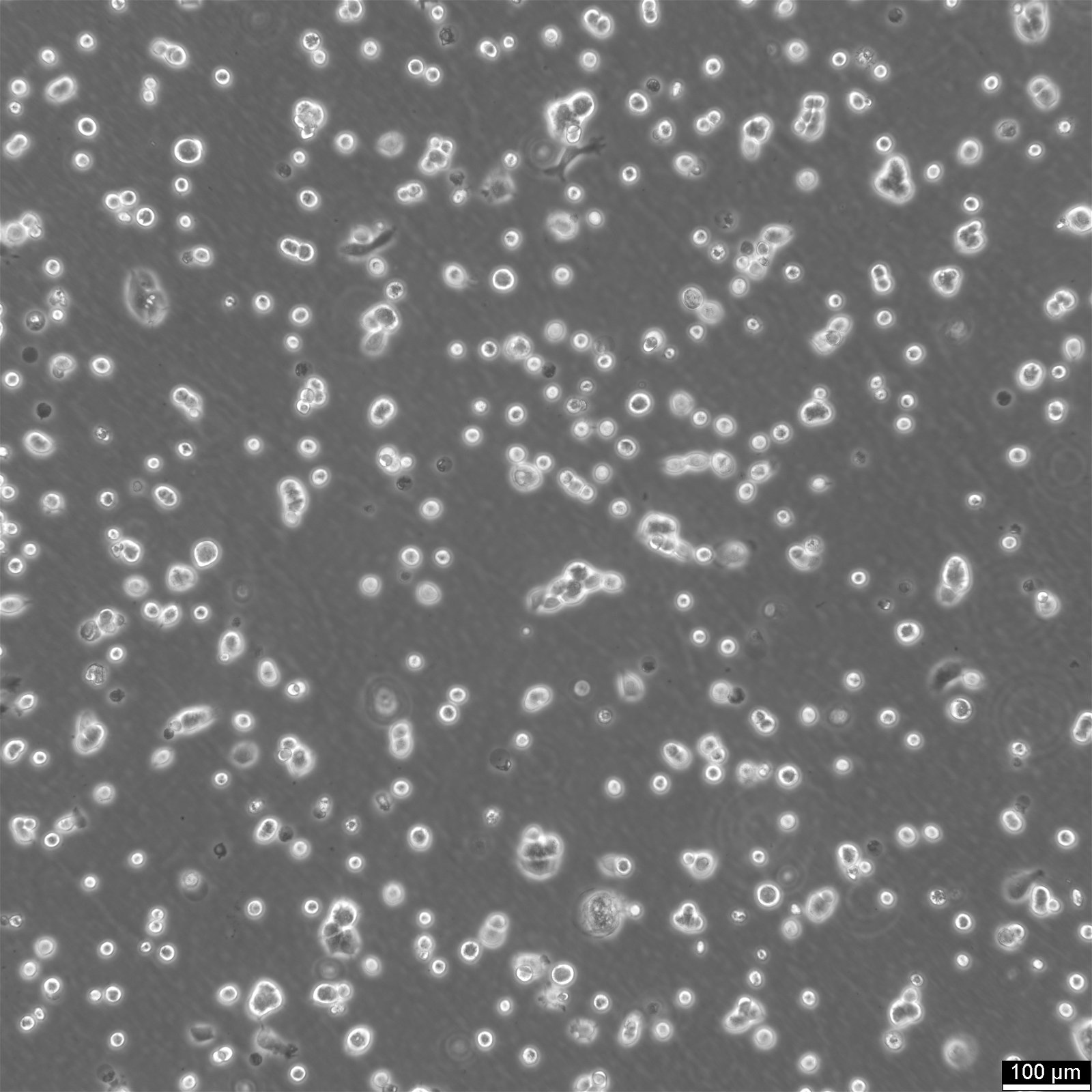
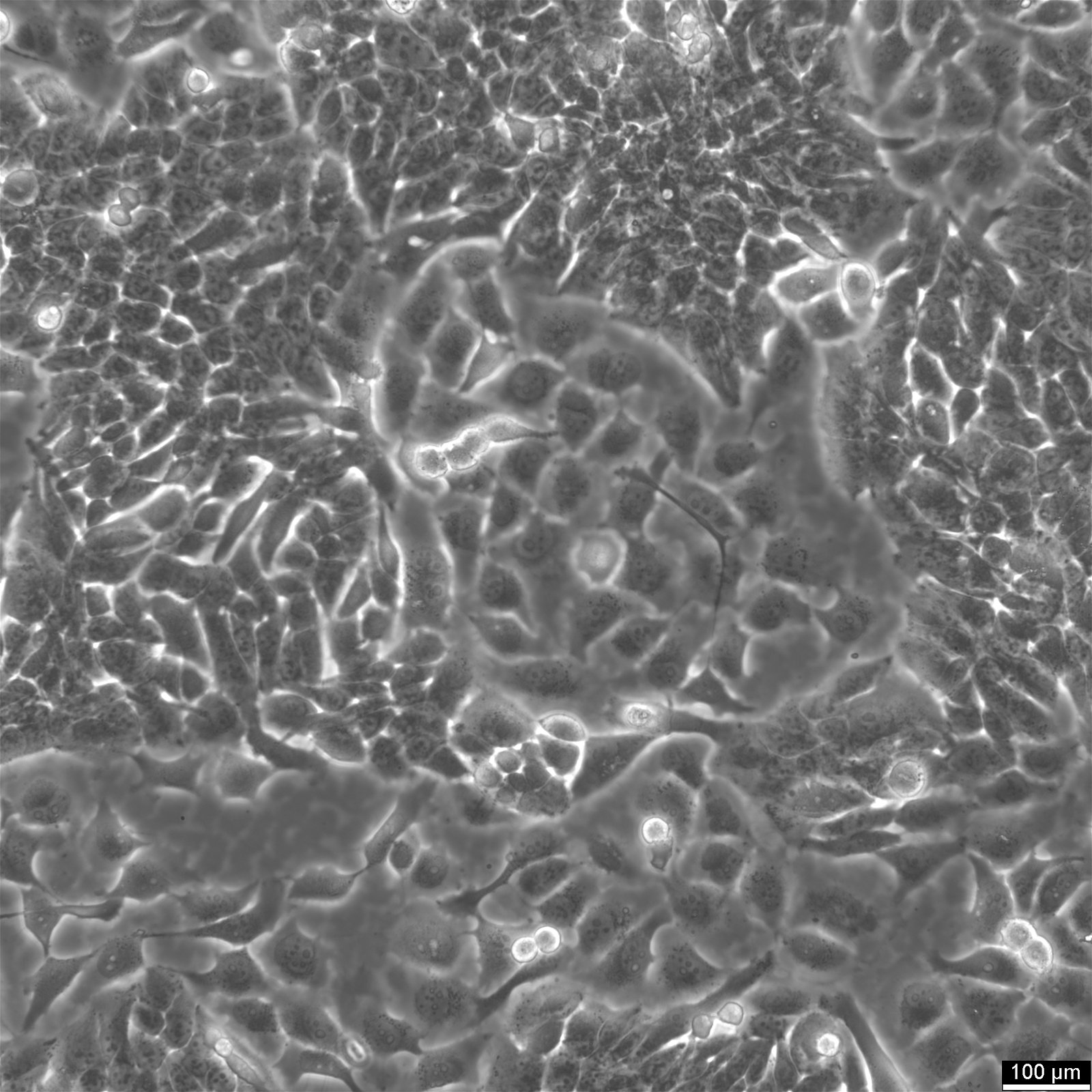
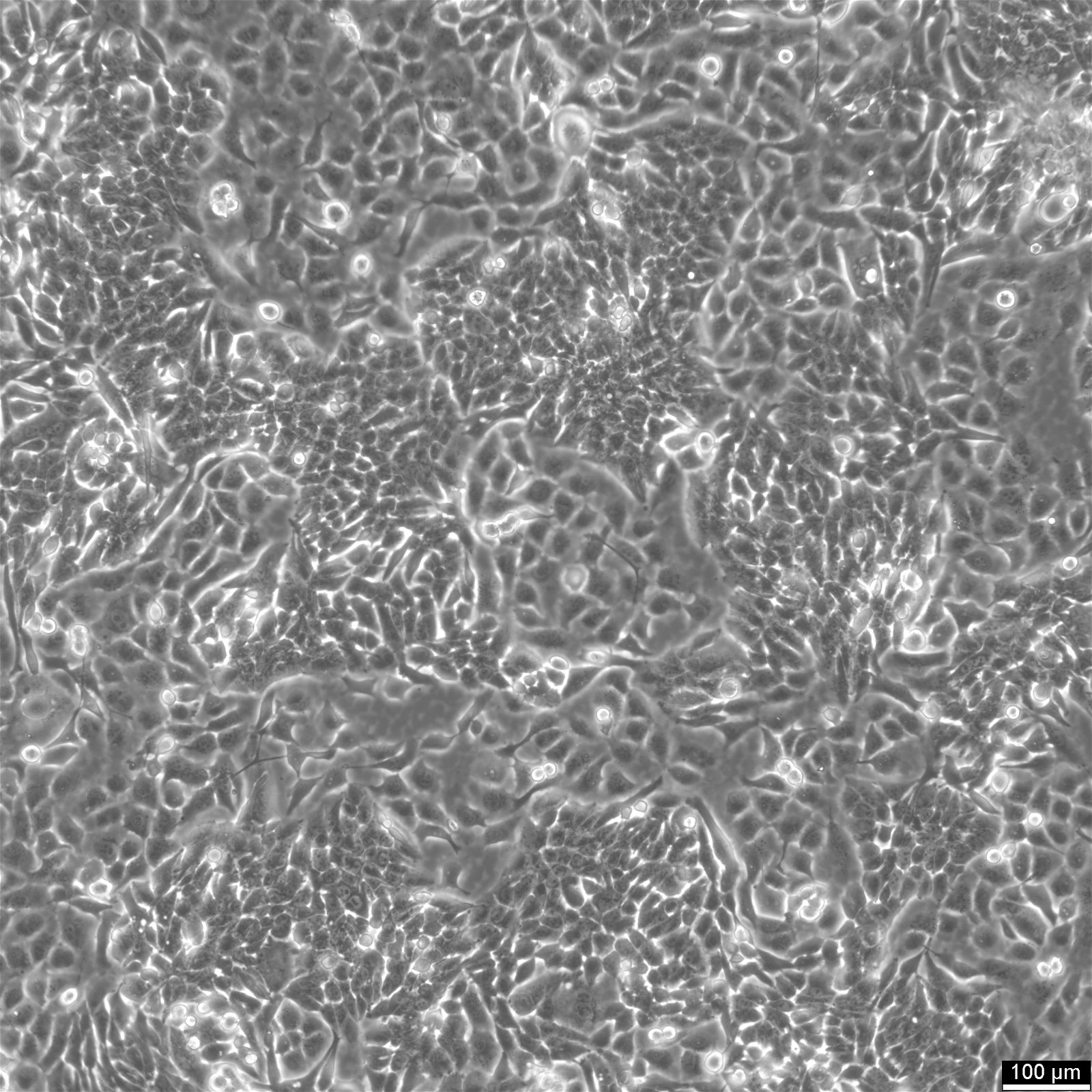





















General information about the NCI-H358 cell line
| Description | NCI-H358, also known as H-358 or NCIH358, is an epithelial-like cell line derived from a patient with bronchioalveolar carcinoma, a subtype of non-small cell lung cancer (NSCLC). These cells display ultrastructural characteristics typical of Clara cells, such as specific cytoplasmic features. NCI-H358 cells are particularly relevant in cancer research focused on NSCLC, especially for exploring the biology and treatment of lung adenocarcinomas. This cell line is crucial for studying the effectiveness of therapies targeting the Epidermal Growth Factor Receptor (EGFR), as mutations in EGFR are a significant focus in the treatment of NSCLC. Additionally, NCI-H358 cells are valuable for investigating the role of KRAS mutations, which are prevalent in lung cancer and known to drive oncogenic activity. The study of these mutations in NCI-H358 cells helps to elucidate the molecular pathways involved in lung cancer progression and resistance to therapies. The NCI-H358 cell line harbors a homozygous deletion of p53, a major tumor suppressor. The H358 lung cancer cell line is also used to assess the potential of novel therapeutic approaches, such as SOS1 PROTACs, aimed at targeting specific oncogenic pathways. In summary, the NCI-H358 cell line, derived from bronchioalveolar carcinoma, is a vital tool in NSCLC research. It is instrumental for studying EGFR-targeted therapies and KRAS mutations' role in lung cancer. Its application in cancer research extends to the development of new therapeutic strategies aimed at mitigating the effects of oncogenic mutations and improving patient outcomes in lung cancer. |
|---|---|
| Organism | Human |
| Tissue | Lung |
| Disease | Minimally invasive lung adenocarcinoma |
| Synonyms | NCI-H358, H-358, NCIH358 |
Key points
| Age | Age unspecified |
|---|---|
| Gender | Male |
| Ethnicity | European |
| Cell type | Club cell |
| Growth properties | Adherent |
Specifictions
| Citation | NCI-H358 (Cytion catalog number 300430) |
|---|---|
| Biosafety level | 1 |
Genomics
| Protein expression | UGT -, GST +, PST +, p53 - |
|---|---|
| Tumorigenic | Yes, in nude mice. |
| Mutational profile | p53 homozygously deleted |
Handling the small lung cancer cell line NCI-H358
| Culture Medium | RPMI 1640, w: 2.1 mM stable Glutamine, w: 2.0 g/L NaHCO3 (Cytion article number 820700a) |
|---|---|
| Medium supplements | Supplement the medium with 10% FBS |
| Passaging solution | Accutase |
| Subculturing | Remove the old medium from the adherent cells and wash them with PBS that lacks calcium and magnesium. For T25 flasks, use 3-5 ml of PBS, and for T75 flasks, use 5-10 ml. Then, cover the cells completely with Accutase, using 1-2 ml for T25 flasks and 2.5 ml for T75 flasks. Let the cells incubate at room temperature for 8-10 minutes to detach them. After incubation, gently mix the cells with 10 ml of medium to resuspend them, then centrifuge at 300xg for 3 minutes. Discard the supernatant, resuspend the cells in fresh medium, and transfer them into new flasks that already contain fresh medium. |
| Freeze medium | CM-1 (Cytion catalog number 800100) or CM-ACF (Cytion catalog number 806100) |
| Handling of cryopreserved cultures |
|
Genetic profile
| Sterility | Mycoplasma contamination is excluded using both PCR-based assays and luminescence-based mycoplasma detection methods. To ensure there is no bacterial, fungal, or yeast contamination, cell cultures are subjected to daily visual inspections. |
|---|---|
| STR profile |
Amelogenin: x,y
CSF1PO: 11,12
D13S317: 8,12
D16S539: 12,13
D5S818: 10,12
D7S820: 10,11
TH01: 6
TPOX: 8,9
vWA: 17
D3S1358: 14,18
D21S11: 28,30
D18S51: 14
Penta E: 18
Penta D: 10,13
D8S1179: 13,14
FGA: 20,21
|
